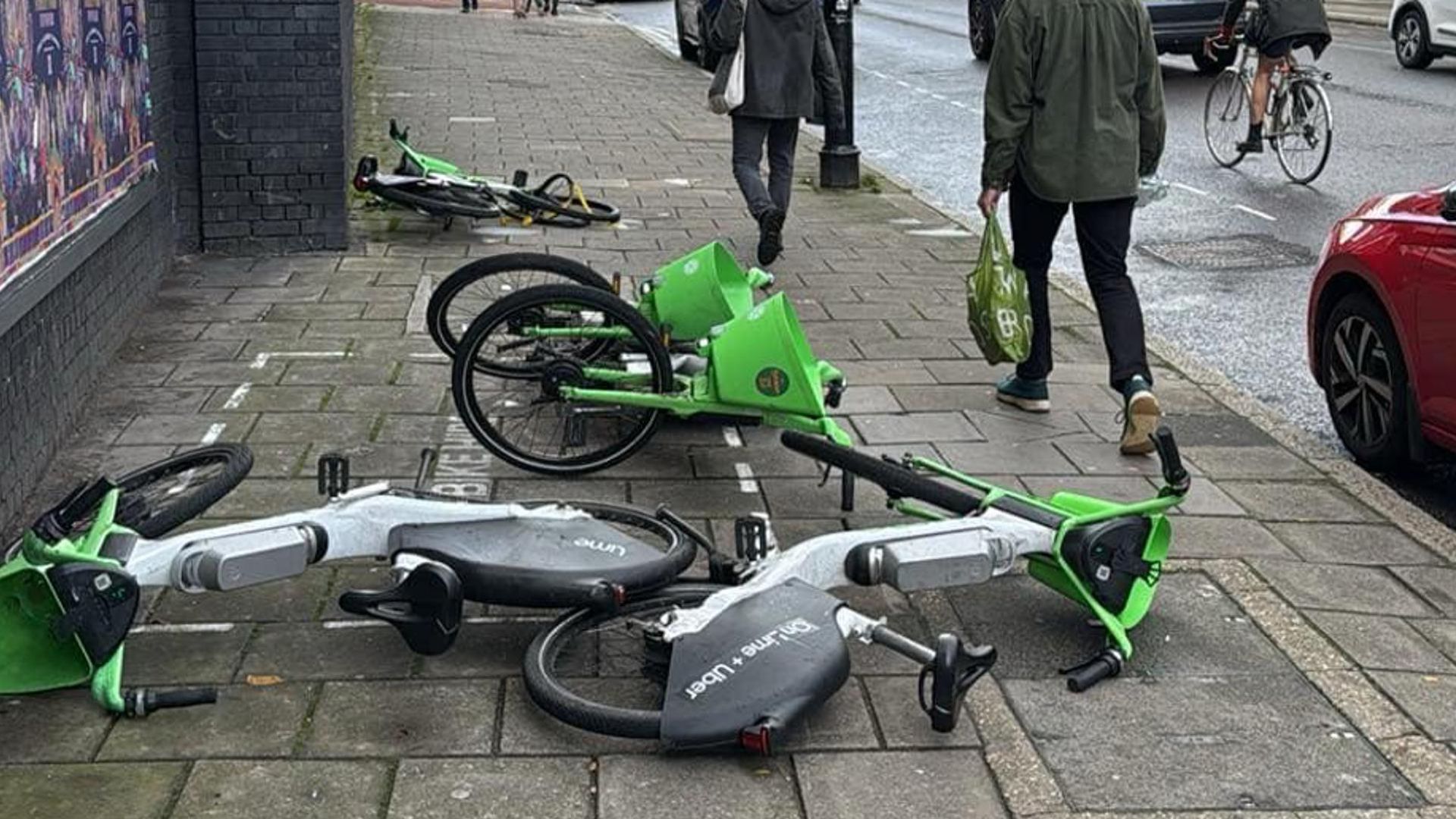
Editors note: This story was originally published in November 2021.
A silent November morning is suddenly interrupted by the distinct sound of deer quickly moving in your direction. A doe enters the clearing, zig-zagging with its tail out and head down. It’s being chased and you know it.
It passes by your stand and seconds later, a huge buck enters the clearing. Steam blows from his nostrils and its gait slows while it searches for a date.
Your crosshairs find their way to the buck’s shoulder and your finger to the trigger. The shot feels good and the deer disappears back into the woods. A crimson trail leads you a short distance and soon, you’re standing over your dream buck.
Now what?
Now, so they say, “the work begins.” No matter the species, once a big game animal is dead, it must be taken care of properly.
This process starts with timely recovery. This is especially true during warm weather, which is becoming increasingly more typical here during Maine’s hunting seasons.
Bears are particularly susceptible to spoilage during the early baiting season, as temperatures are regularly in the 70s and often 80s. As soon as oxygen and blood flow stop inside an animal, bacteria begin to take over. At 40 degrees, a field dressed bear has roughly 12 hours before it begins to spoil, six hours at 50 degrees and three hours at 60 degrees.
Cooler temperatures are your best friend when it comes to caring for your game animal but, regardless of temperature, the first step after photos and celebration, is to field dress or “gut” the animal.
Most hunters are familiar with this process but for those who aren’t, it’s pretty basic. Without getting too technical, using a sharp knife, the animal is cut open from the breast bone to pelvic bone, with great care being taken not to puncture the stomach lining or other organs.
The organs are then removed from the animal, leaving a “dressed” carcass. This allows the carcass to begin cooling properly and quickly, as well as liberating it from harmful bacteria found in the entrails.
After the animal is dressed, the carcass should be cleaned, if necessary, removing any dirt or undesirable substances such as urine or stomach contents which may have come in contact with the meat. Though it seems fairly simple and straightforward, for those not familiar with the process, it is advisable to have an experienced hunter aid in teaching proper technique or, at the very least, research how-to tutorials or videos online.
After the animal is dressed and removed from the field, it needs to be cooled. Cooling the meat slows bacteria growth and spoilage. Here in Maine, game animals are commonly suspended from a tree, or in a garage or barn with their hide on, for a few days.
This is especially common with deer and is acceptable practice, provided temperatures are cool enough, preferably 34 to 37 degrees. Animals can be “aged” in these temperatures for several days or even up to two weeks.
Aging enhances the quality of flavor as well as texture, resulting from a controlled breakdown of connective tissue and removal of moisture from the meat. Leaving the hide on protects the meat from insects and other contaminants.
Bears must be cared for a bit differently, as their hide and fat act as insulative barriers which prevent meat from cooling properly and must be removed soon after harvest. I prefer to quarter my bears and hang them in a neighbor’s walk-in cooler for several days.
A walk-in cooler is a luxury, but if warm temperatures prevent proper aging outside, animals can be quartered and aged in a refrigerator on a low setting or even a cooler, with the quarters and meat placed over blocks of ice. Just make sure the meat does not come in contact with water from the ice inside the cooler.
After the animal is properly cooled and aged, it may be butchered as desired in your preferred method. Care should be taken during this time to ensure the meat is safe and clean.
Butchering should be done in a very clean environment with clean instruments. It should take place in a cool area, which will prevent the meat from spoilage while it waits to be packaged and frozen.
Meat should then be properly packaged, preferably in vacuum-sealed bags, which remove nearly all the air from around the meat. That ensures minimal freezer burn and lengthens its shelf life. As soon as it’s packaged, meat should be placed into the freezer without delay.
Hunting offers us many things: Recreation, conservation, sport, fresh air, time with family and friends, satisfies a primal need within us and fulfills a natural drive and desire to provide food and ensure survival.
Sure, there’s the occasional animal we deem a “trophy” and put on the wall, but the real trophy will always be high-quality, delicious, healthy meat. From the second the trigger is pulled, proper care must be taken to ensure we get the most out of the animal we harvest and utilize it to its fullest potential.
Best of luck to all this season. Be still, be quiet and be patient. Remember why we hunt and do it right.
Watch more:








